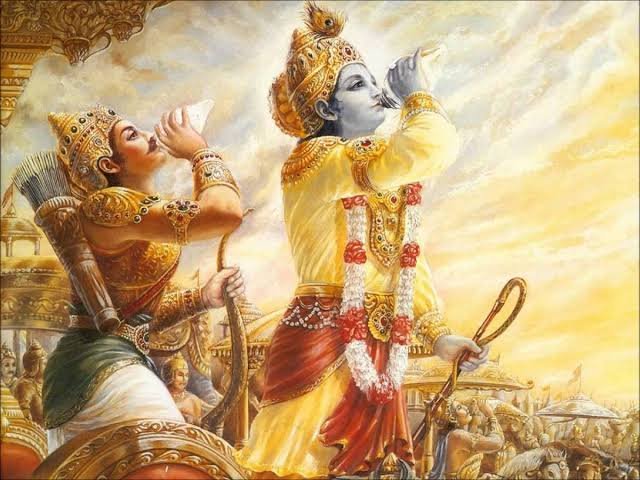KRISHNA MANDIR MOVEMENT BEGINS – Kanhaiya to regain his property


Contrary to the lay opinion, the Civil Suit filed on behalf of Shri Krishṇa Virajman, i.e, the deity that owns the space according to the Hindu Law, appears to be on solid footing.
As it turns out, the great Nehru Empire is also at the back of Hindu inability to build a magnificent temple for Bhagwan Krishṇa even though they had the land and the means to build the temple as well. The ‘secular’ leanings (read socialist) of the Empire ensured that the Congress governments in Uttar Pradesh would not let them to.
The chronology of the events in Mathurā are as under:
1618 – Raja Veer Singh Bundela of Orchha built/renovated the Keshav Dev Temple;
1670 – Aurangzeb had the temple demolished and built a mosque;
17th-18th century – Records in Akhbaraat of 1669-70 (translated from Persian by Sir Jadunath Sircar), and in Nicola Manucci’s Storia do Mogar (Story of Mughal)
1770 – Marathas defeated Mughals in Battle of Govardhan, razed the mosque, built back a small temple;
1803 – British won Agra and Mathurā, declared it Nazul property;
1815 – Property bought by Raja Patni Mal of Banaras in an auction;
1944 – Successors Rai Kishen Das and Rai Anand Das sold it for Rs 13,400 to Madan Moham Malviya, Goswami Ganesh Dutt, and Bhikhen Lal ji Aatrey;
1951 – Property vested in newly formed Shri Krishna Janma Bhoomi Trust for building a magnificent temple;
1958 – Shri Krishna Janmasthan Seva Sangh formed under Congress govt. goading, as Congress govt did not allow the Trust to function and fulfil its objectives;
1967 – SKJ Seva Sangh files a suit for a compromise decree with Mosque Trust, when there was no mosque in existence;
1968 – A compromise decree obtained;
Post 1968 – Mosque raised.
So it is clear that it is a case of illegal usurpation of the property, which is even today in the name of Katra Keshav Dev. The petition challenges the collusive decree, and also makes out a case that property is not a waqf property, so construction of a mosque is per se illegal.
There is a case made out by the opponents of this move that the suit is barred by the operation of the Places of Worship (Special Provisions) Act, 1991. However, this plea may not hold water as there was no mosque on the land on 15th August, 1947, and the Act protects only the status quo on 15th August, 1947.
The mosque is the result of a perfidy by the then Congress government that made the construction of a new temple impossible under the benign care of the then Nawab of India, Jawaharlal Nehru, and Bhagwan Das Bhargave, the Seva Sangh Secretary, was a Congress functionary. Even the present head of the priest body that has opposed the civil suit is one Mahesh Pathak, who contested the parliamentary elections on a Congress ticket.
The civil suit seeks to set aside the compromise decree of 1968 as a decree obtained by fraud. According to the case law, any decree or order obtained by fraud is void ab initio, as it goes to the very root of the matter. The point is that they had no locus standi to enter into a compromise because they did not have the title of the land in the first place, which was in the name of the deity.
It may be noted that while strategizing for getting our temples back from the Muslims, Ayodhya was placed at the tip because Ayodhya was the most difficult to prove on the basis of record and excavations. Mathurā and Kāshi had every possible record available, and also it was there in plain sight that the temples had been demolished. In Kāshi, the eyesore can be seen by all and sundry, whereas in Mathurā it is more of a collusive action.
So, contrary to the popular legal opinion, Mathurā is a solid case. The civil suit is also likely to fire up the opinion of the Hindus all over the world. After all, we did not agree to partition only to see the same eye sores continuing to exist in our sacred land as in the time of the Mughals. The Indian brand of secularism has oppressed the Hindus for far too long and it is time Hindus asked for redemption.
DISCLAIMER: The author is solely responsible for the views expressed in this article. The author carries the responsibility for citing and/or licensing of images utilized within the text.
